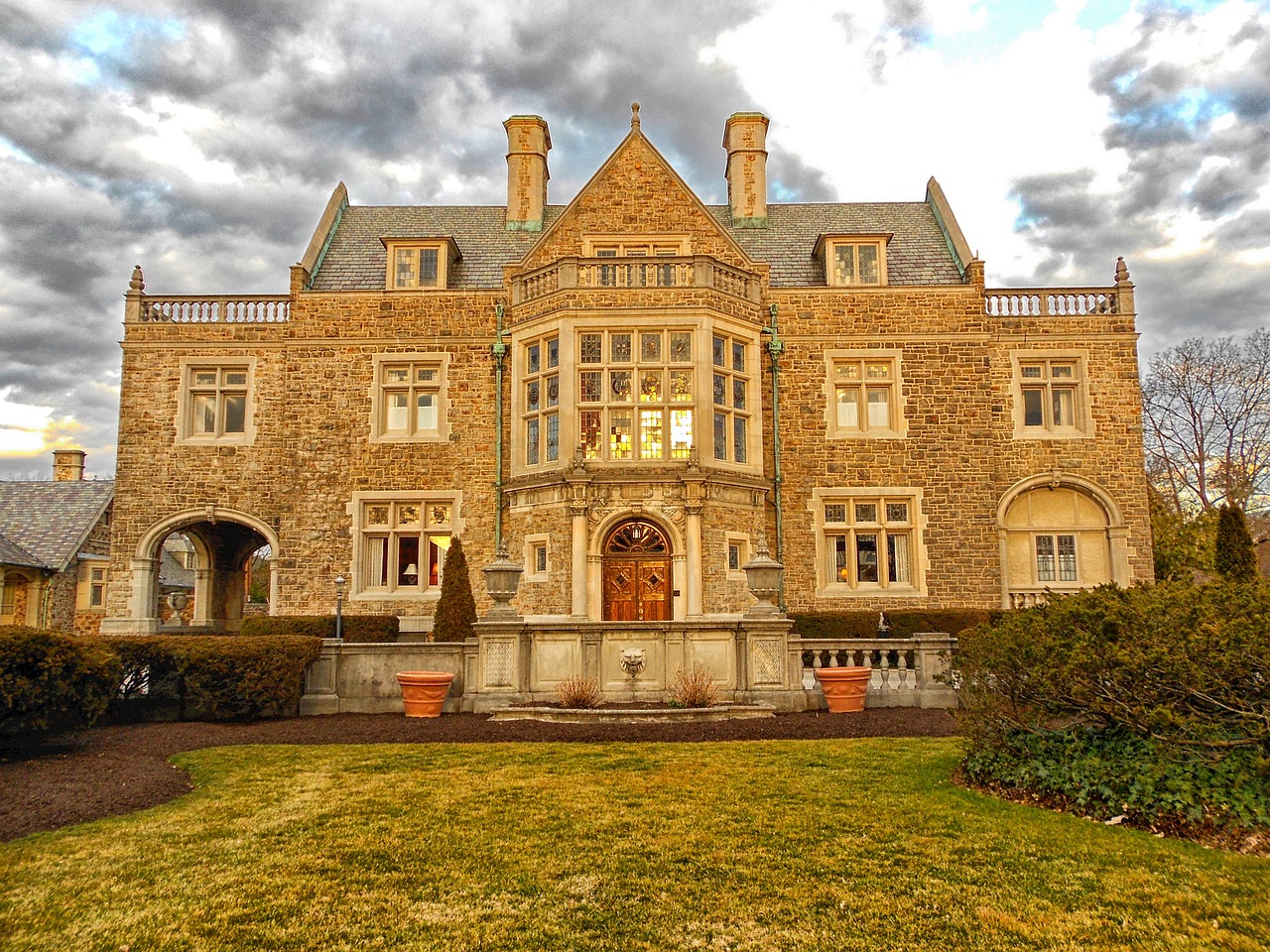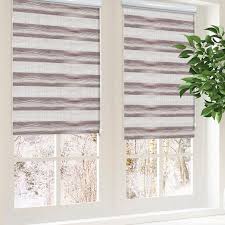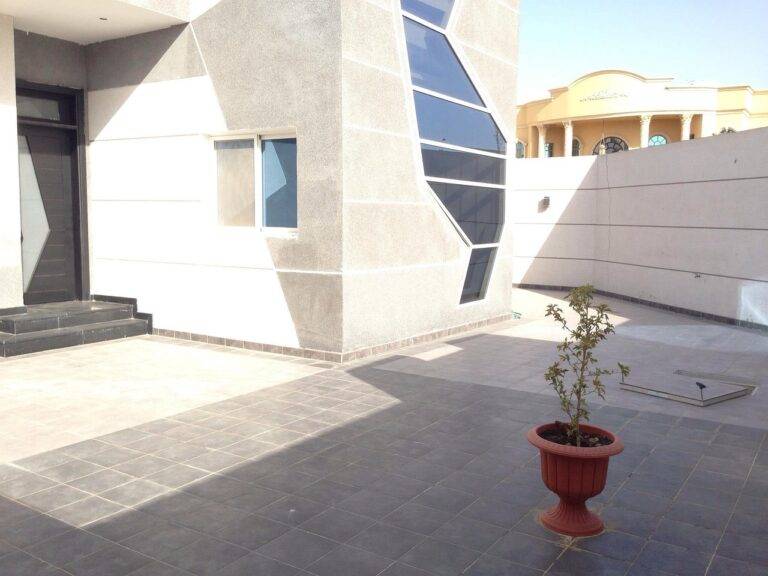Building a Home Recording Studio
When setting up a home recording studio, investing in the right equipment is crucial for achieving professional-grade results. One essential piece of equipment is a high-quality microphone, as it plays a significant role in capturing clear and crisp audio recordings. Various types of microphones are available, including dynamic, condenser, and ribbon microphones, each with unique characteristics suited for different recording purposes.
In addition to a microphone, a computer with sufficient processing power and storage capacity is fundamental for recording, editing, and storing audio files. A Digital Audio Workstation (DAW) software is also essential for manipulating and mixing audio tracks effectively. Quality headphones or studio monitors are necessary for monitoring recordings accurately and ensuring a balanced sound output. Investing in acoustic treatment materials such as foam panels or bass traps can help control sound reflections and improve the overall acoustics of the recording space.
Choosing the Right Microphone
When selecting a microphone for your home recording studio, it’s crucial to consider the type of sound you aim to capture. Dynamic microphones are durable and versatile, making them suitable for recording loud sound sources like drums and electric guitars. On the other hand, condenser microphones are more sensitive and offer a wider frequency response, making them ideal for capturing vocals and acoustic instruments with finer details.
Additionally, the polar pattern of a microphone plays a significant role in determining the directionality of sound it captures. Cardioid microphones pick up sound primarily from the front, making them great for recording vocals in a controlled environment. Meanwhile, omnidirectional microphones capture sound from all directions, which can be beneficial for capturing a more natural ambience in a room or for recording multiple sound sources simultaneously.
What equipment do I need for a home recording studio?
To set up a home recording studio, you will need a computer or laptop, audio interface, headphones, microphone, microphone stand, pop filter, and recording software.
How do I choose the right microphone for my recording needs?
When choosing a microphone, consider the type of sound you want to capture, your budget, and the environment you will be recording in. Dynamic microphones are great for live performances, while condenser microphones are better for studio recordings.
What is the difference between dynamic and condenser microphones?
Dynamic microphones are rugged and ideal for loud sound sources, such as drums and guitar amps. Condenser microphones are more sensitive and capture a wider range of frequencies, making them perfect for vocals and acoustic instruments.
Do I need a specific microphone for podcasting?
While any microphone can be used for podcasting, a condenser microphone with a USB connection is often recommended for its clarity and ease of use with recording software.
How important is a microphone stand and pop filter?
A microphone stand helps position the microphone correctly for optimal sound capture, while a pop filter reduces plosive sounds like “p” and “b” that can distort recordings. Both accessories are essential for professional-quality recordings.






